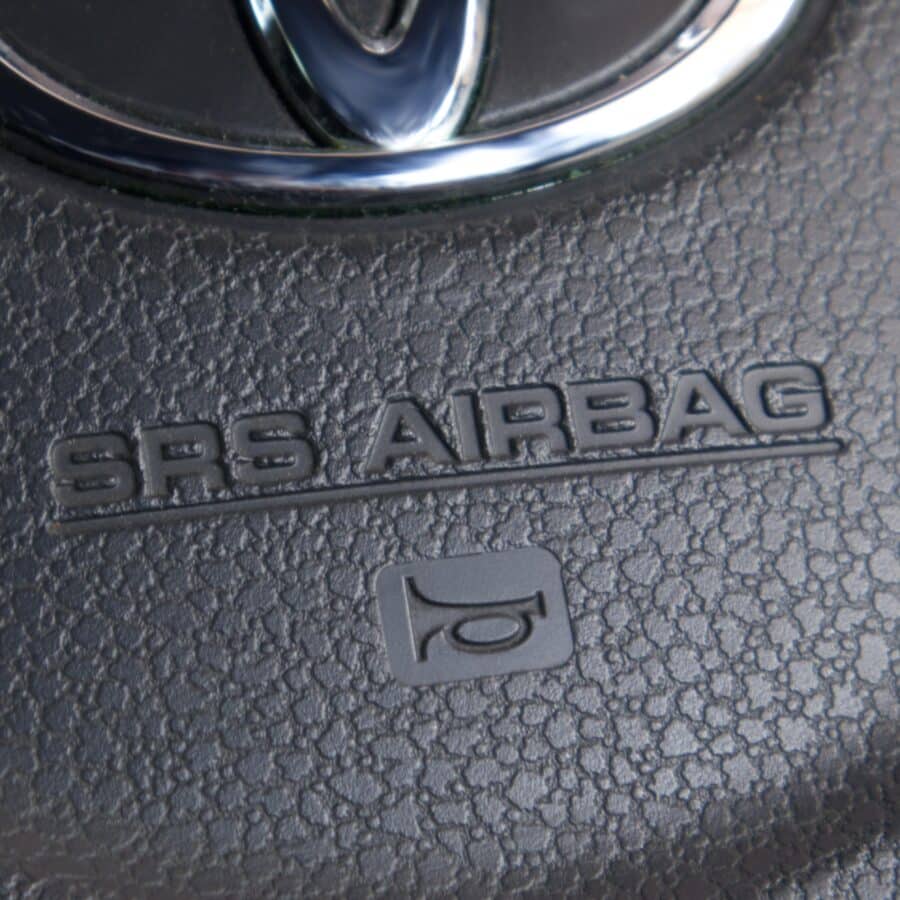Today Toyota announced a new recall of 482,000 vehicles in the U.S. to repair side-curtain airbags manufactured by the Swedish supplier Autoliv. The recall affects model years 2010–2012 Prius, 2010 and 2012 Prius Plug-in, and 2011–2012 Lexus CT200h. The cars are being recalled because the side-curtain airbags can inadvertently deploy and the inflator can potentially “enter the interior of the vehicle,” which could injure occupants, according to a Toyota press release. This is similar to the problem with the Takata airbags, which explode and send metal shrapnel into the vehicle’s occupant space.
https://youtu.be/a8kwnXnUR58?list=PLv841ZC6KFyXfBbPyvSdDkt88kVkKTULb
Autoliv said in a separate press release that it knows of seven separate incidents involving Prius models worldwide, all of which occurred in cars that were parked and unoccupied. Autoliv is investigating the root cause, but believes no other automakers are affected by this problem since “vehicle specific characteristics” contributed to the issue. A manufacturing problem was corrected in January 2012, and the total number of cars under recall—about 1.4 million worldwide—represent half of all the side-curtain airbag inflators produced before that date, Autoliv said. Toyota stated that a crack between the two inflator chambers can form over time due to poor welding, which can cause the two chambers to separate.
Dealers will install a retention bracket on the inflator chambers to prevent them from separating and sending shrapnel into the vehicle’s interior. It is unknown if additional hardware or software fixes will be required, as the airbags have deployed “without a deployment signal being given by the airbag controller,” according to Toyota.
Recall notices will go out to owners at a later date. Meanwhile, consumers will presumably continue to drive affected vehicles without knowing that their vehicles have been recalled. Today’s recall is another example of a broken recall system that puts consumers at risk because of the delay between a manufacturing knowing about a defect and notifying consumers that they may be at risk.


